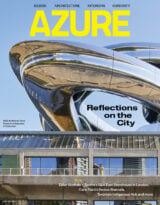When it comes to imagining the possibilities for cities, from cultural hubs to urban landscapes, there is little outside the purview of activists, planners, architects and designers. In the Sept/Oct 2025 issue of Azure, we look at how museums are changing along with the cities they are in — and in response to a backlash against progressive mores. In London, V&A East Storehouse repurposes a media centre into an open archive that grants visitors up-close-and-personal access to the thousands of artifacts and books that constitute the collection. The Fenix in Rotterdam, dedicated to the theme of migration, also builds on an existing structure (a glorious 19th-century warehouse); here, MAD Architects’ lustrous double-helix staircase is the lure, the museum is the treasure. Similar institutions, meanwhile, are making stronger connections to the urban fabric and its sculpted green spaces — to wit, London’s Natural History Museum has turned its grounds into “living galleries.”
In Toronto, Biidaasige Park — the ultimate man-made wilderness — has opened to great enthusiasm. The complete transformation of a once-industrial wasteland into a river valley landscape, it unites recreation, public green space, climate change adaptation and real estate development in one magnificent project. Decades in the dreaming and planning, Biidaasige marks the first step in the creation of the Ookwemin Minising neighbourhood on what were once the flood-prone Port Lands. And it embeds culture at every step — the Lassonde Art Trail will bring 15 pieces by local and international artists to the public — but the park is the thing. Its 5,000 trees, 77,000 shrubs and two million herbaceous plants coalesce into a luscious landscape where the backdrop is the ever-changing Toronto skyline.
The problems that plague cities, meanwhile, are at the forefront of the Venice Architecture Biennale and the Triennale di Milano. The former takes a techno-optimist approach to climate-change adaptation, while the latter strikes an observant stance on societal injustices. While the Venice biennial endorses a mind-boggling array of fixes, Milan’s show, which presents realities as wide-ranging as the Grenfell Tower fire and our over-reliance on antibacterial detergents, doesn’t provide any easy answers.
ALSO IN THIS ISSUE:
Toronto’s Ground-breaking Indigenous Hub
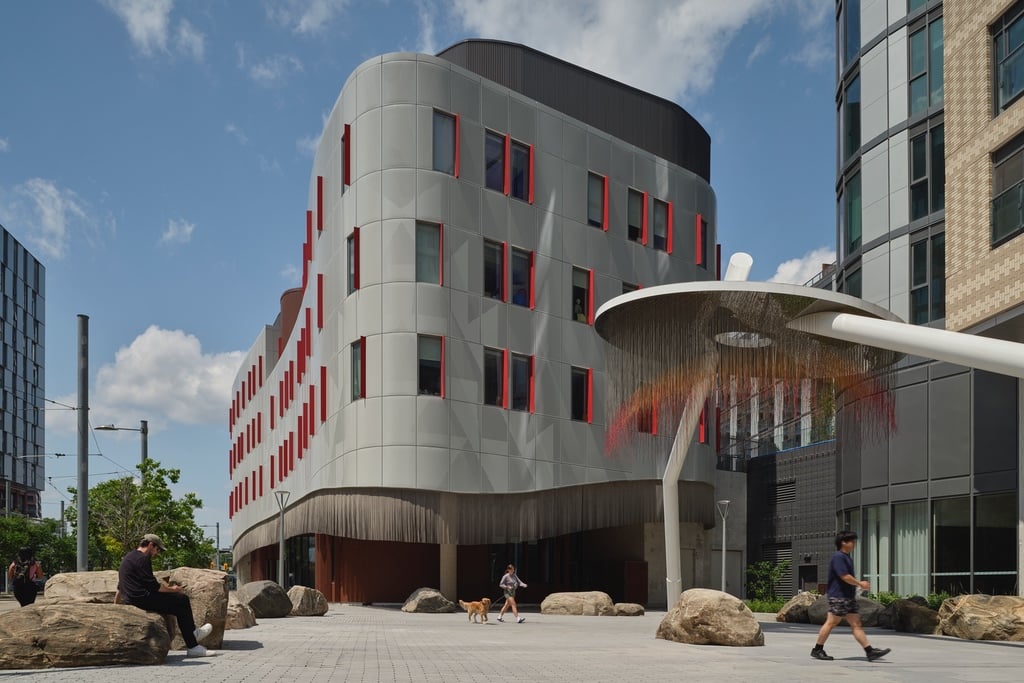
A wondrous healthcare project anchors a new Toronto neighbourhood that centres Indigenous healing and community.
House for Five Women in Bosnia
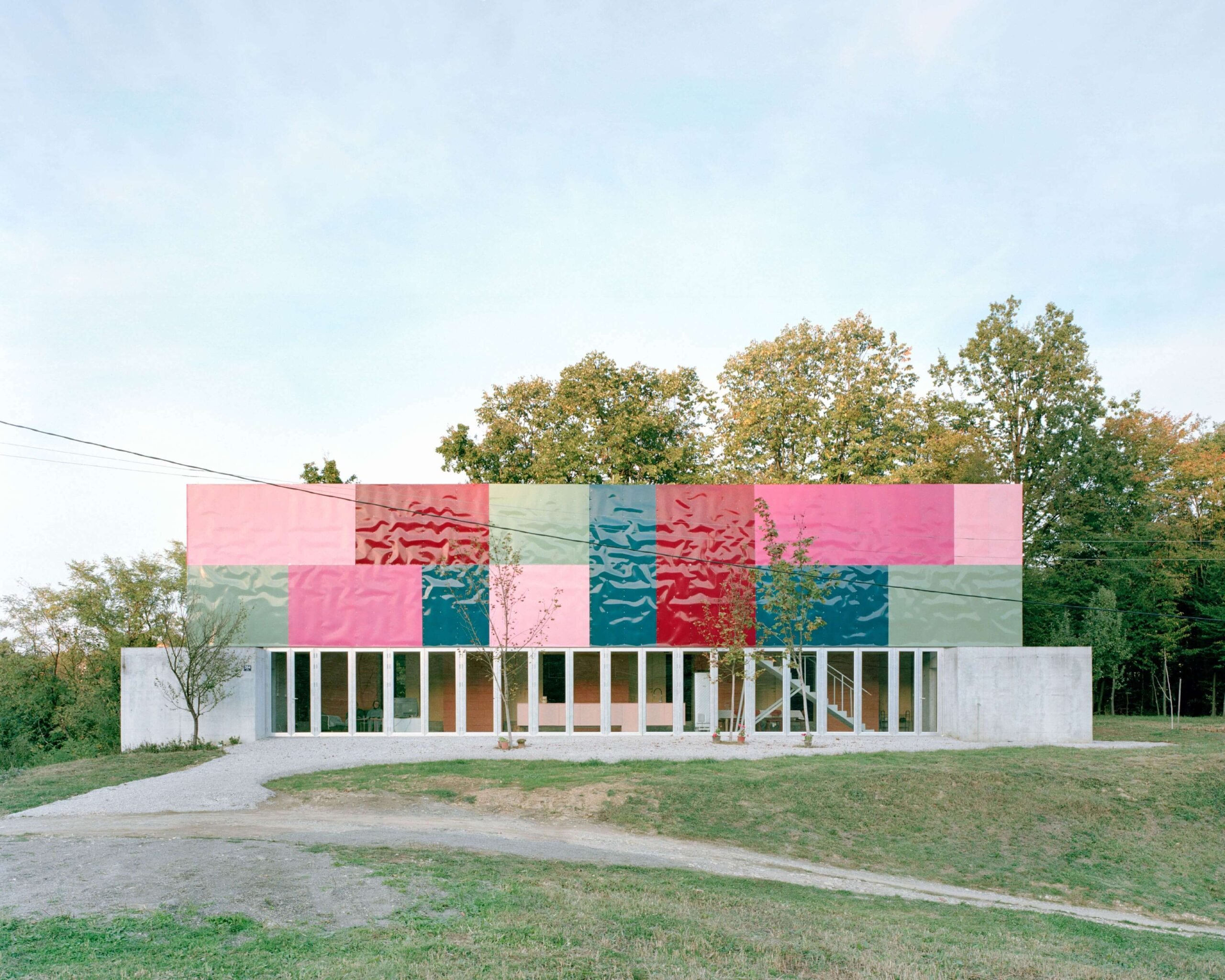
A communal residence by Serbian–Swiss firm TEN offers shelter and work to vulnerable women.
LGA Architectural Partners’ Pavilion for Mabelle Arts
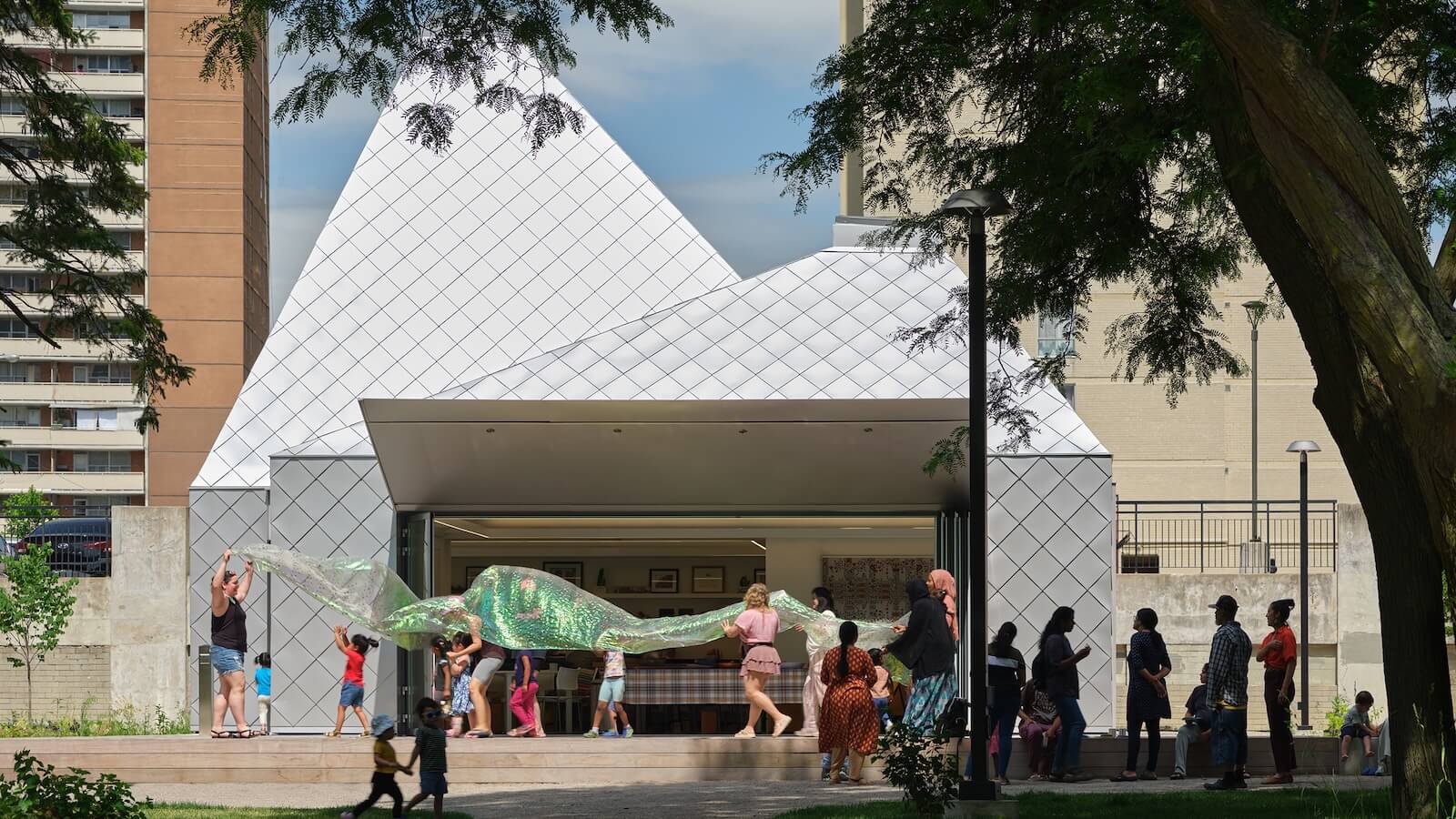
A small but mighty pavilion for Toronto non-profit Mabelle Arts illustrates how public infrastructure can be tailored to underserved areas.
Spotlight on Residential Design & Lighting
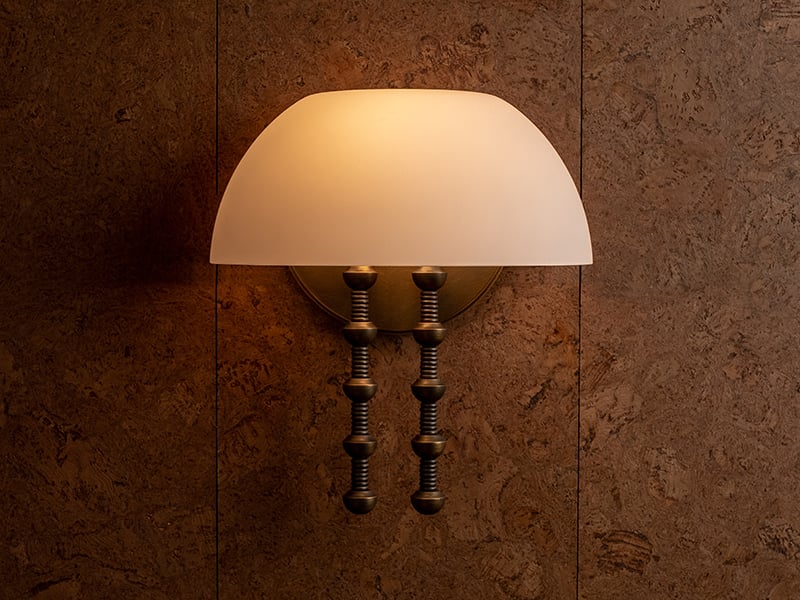
Architecture and interiors that push residential design forward – plus, products and furnishings for every space in the home.
Out Now: City Life Issue
Throughout this edition of Azure, there are inspiring ways we might attune our cities — and our homes, and ourselves — to a rapidly changing, increasingly mystifying world.
